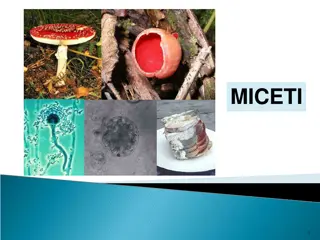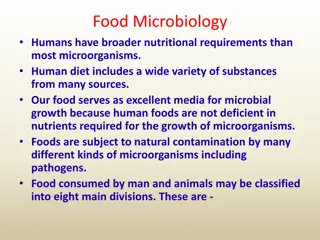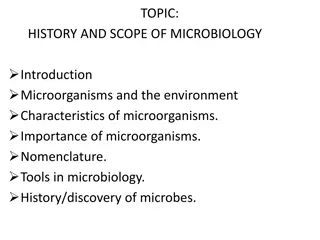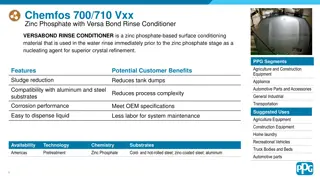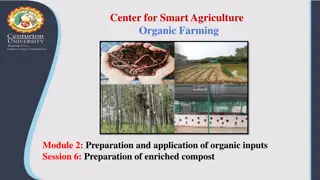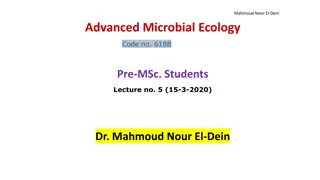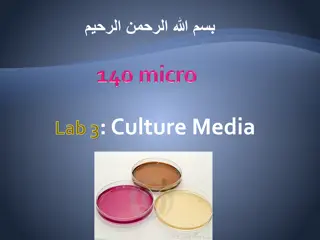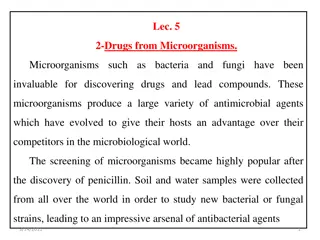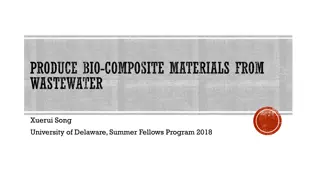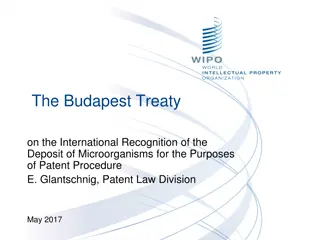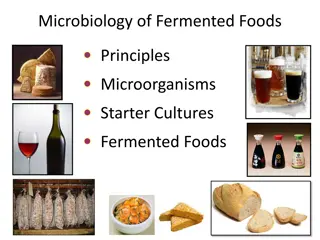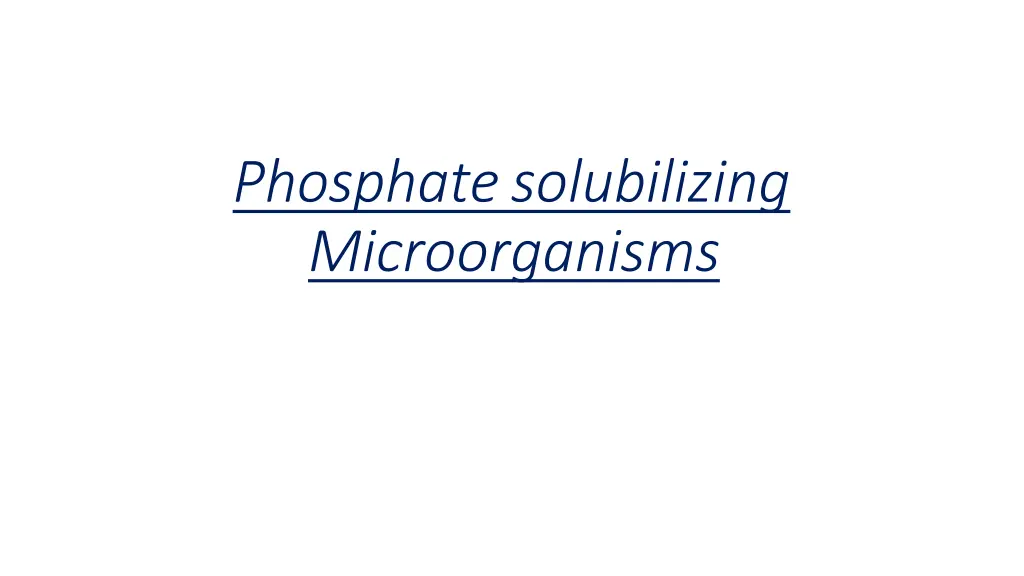
Phosphate Solubilizing Microorganisms: Benefits and Application
Learn about the importance of phosphate-solubilizing microorganisms in enhancing plant growth by making phosphorus more available in soil. Discover the isolation, mass production, and application of these beneficial microbes in crop plants like rice. Explore how organic acids can boost nutrient uptake and biomass production in plants.
Download Presentation

Please find below an Image/Link to download the presentation.
The content on the website is provided AS IS for your information and personal use only. It may not be sold, licensed, or shared on other websites without obtaining consent from the author. If you encounter any issues during the download, it is possible that the publisher has removed the file from their server.
You are allowed to download the files provided on this website for personal or commercial use, subject to the condition that they are used lawfully. All files are the property of their respective owners.
The content on the website is provided AS IS for your information and personal use only. It may not be sold, licensed, or shared on other websites without obtaining consent from the author.
E N D
Presentation Transcript
Phosphate solubilizing Microorganisms
Phosphorus is one of the major macronutrient after nitrogen for growth and development of a plant It is abundantly found in the soil in the organic and inorganic forms but it is limited due to its chelation with another insoluble compound. Inorganic phosphorus occur in soil mostly in insoluble form and therefore not available for the plants nutrition. Inorganic phosphorus occur in soil mostly in soluble mineral complexes some of these appearing after the application of chemical fertilizers. These precipitated form cannot be absorbed by the plants.
Isolation ofphosphatesolubilizing microorganisms Take one gram of composite soil in 1 ml of water. Spread 0.1 ml of culture on nutrient Agar media in Petri plates . Incubation should be occur at 37Celsius for 24 hours. Now there should be isolation of well developed and separated colonies of pure culture bacteria. Study of external morphology should be done . The Gram staining of bacterial species stains from pure culture slants. Screening of bacteria strain for phosphate solubilizing. Formation of halozone and bacterial Colony on pkv Agar media confirm PSP. Now there will be biochemical test.
Mass productionof PSM The phosphate solubilizing microorganism stain in the starter culture tubes need to be grown on a large scale through a mass production. They are transport to conical flask of 1000 ml containing the appropriate growth media and a septic conditions for a small scale production 1l of starter culture were put into the fermented for large scale production. A continuous agitation and proper aeration for about one week are check time to time for the growth of cell mass . It should be free from contamination . After one week cell population in a conical flask are stored into cooler temperature so that they can be mixed properly with the proper carrier material.. Moreover it is not advisable to keep conical for a long time and storage because of the loss of the cell load.
Application of PSMs in crop plants In rice cultivation The plant root development in aerobic rice was affected by the application of organic acid specially oxalic acid PSPBand PR . external application of organic acid along with PSB and Insoluble Phosphorus in the solution and this has a positive impact on the root growth . The bacterial population was influenced by the addition of organic acid the oxalic acid with PSB and PR increase the plant Biomass. Hormones IA that might have an influence on road growth. The extensive root growth increase the nutrient update from the surrounding. The organic acid serves as the source of carbon for the microorganism and effects the microbial population as well as the plant growth. With the production of organic acid in higher amount of phosphorus in soil plant Phosphorus update and result plant higher Biomass. This application is considered in rice cultivation system
In wheat cultivation Bacterial inoculation affected the early plant growth of wheat and maize. The bacterial strains of bacillus and pseudomonas has a significant effect on the growth of the wheat wheat in nutrient poor soil by non treated plants by comparison perform poorly under Such conditions. After inoculation bacterial stain combine with the phosphoric and shoot length of wheat and maize increase compared to inoculated plant psm were able to dissolve hard soluble phosphates . In inocculation also lead increase inN content and increasing the growth and yield of the Cotton as well as the soil growth promoting solublizing microorganism please and essential roll and helping the plants to grow in the nutrient efficient condition.


